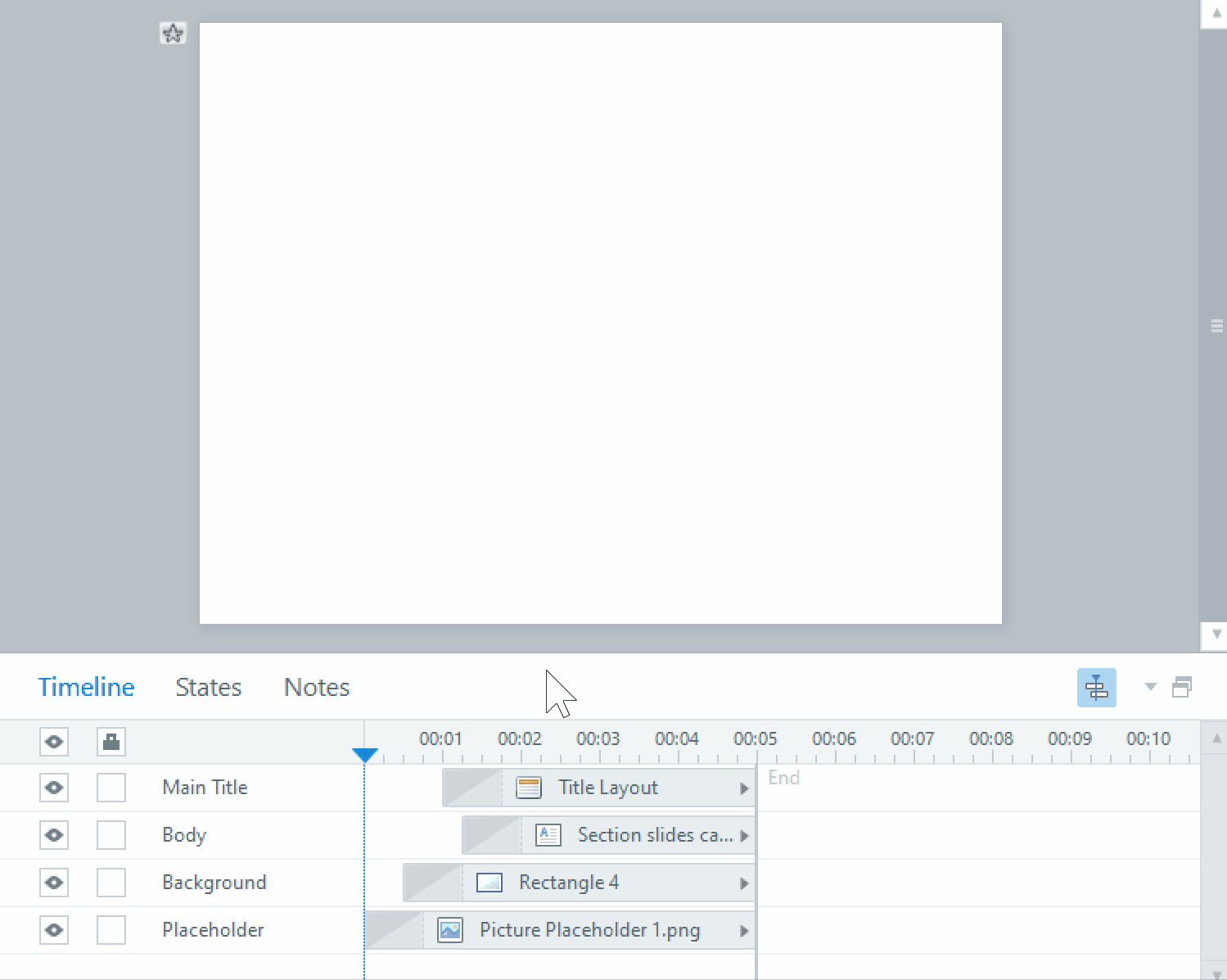Knowledge checks in eLearning
When creating eLearning there are a number of things you can do to add interactivity and increase engagement. One of the ways you can do this is to add knowledge checks to your courses. Knowledge checks are typically small tests consisting of 1-4 questions, they are often presented at the end of a module and/or at the end of a course as an exam. The types of questions in a knowledge check vary and can be an effective way to increase knowledge retention and improve engagement in your courses.
Below are some types of questions you can use in knowledge checks.
1. Matching Pairs
A matching pairs question is a type of question that involves the learner matching two answers as a pair. Typically answers will be presented on the left and right of the screen, the learner will then click on one answer then click on another one to match it together. For example you might have a question asking the learner to match fruits to their colours, on screen the question will display the colours on one side and the types of fruit on the other. The learner then clicks on a colour and then on a fruit to match it, this process will be repeated until all pairs have been matched, the learner then clicks the submit button to check if the answer is correct. This type of question is good for interactivity and helps learners associate concepts that are related.
2. Multiple Choice
This type of question is one of the most common and is something you have likely taken before. A Multiple-Choice question is a type of question where the learner can select an answer from a choice of options (typically 1-4 options). This type of question helps the learner to think about what they have just learned and helps to reinforce core concepts. The benefit to using this type of question is that it is straight forward and focuses on content. One important thing to note is to make sure the options provided are not too obvious, otherwise it can result in the learner being able to guess the answer via process of elimination.
3. Image Questions
Another type of knowledge check you can create is one where the learner interacts with an image on screen. This type of question is typically used when the learner is learning a new tool or system. How it works is an image is displayed on screen, this image replicates what the system looks like, the learner then clicks on certain parts of the image and based on what the learner clicks they are presented with correct or incorrect feedback. The benefit of this type of question is that it provides the learner with first hand experience using a system they are learning about, however these types of screens are more complex and can take longer to create so it is important this time is factored into the project plan.
#knowledgechecks #knowledgchecksinelearning #testinglearners #multiplechoice #matchingpairs #customeLearningdevelopment #eLearningcustomdevelopmentsolutions #torontoelearningcompany #customelearningandtraining #elearningvendortoronto #customelearning #trainingcompanytoronto #torontoelearning #elearning #toronto #elearningcompany #elearningvendor #torontoelearningvendor
















